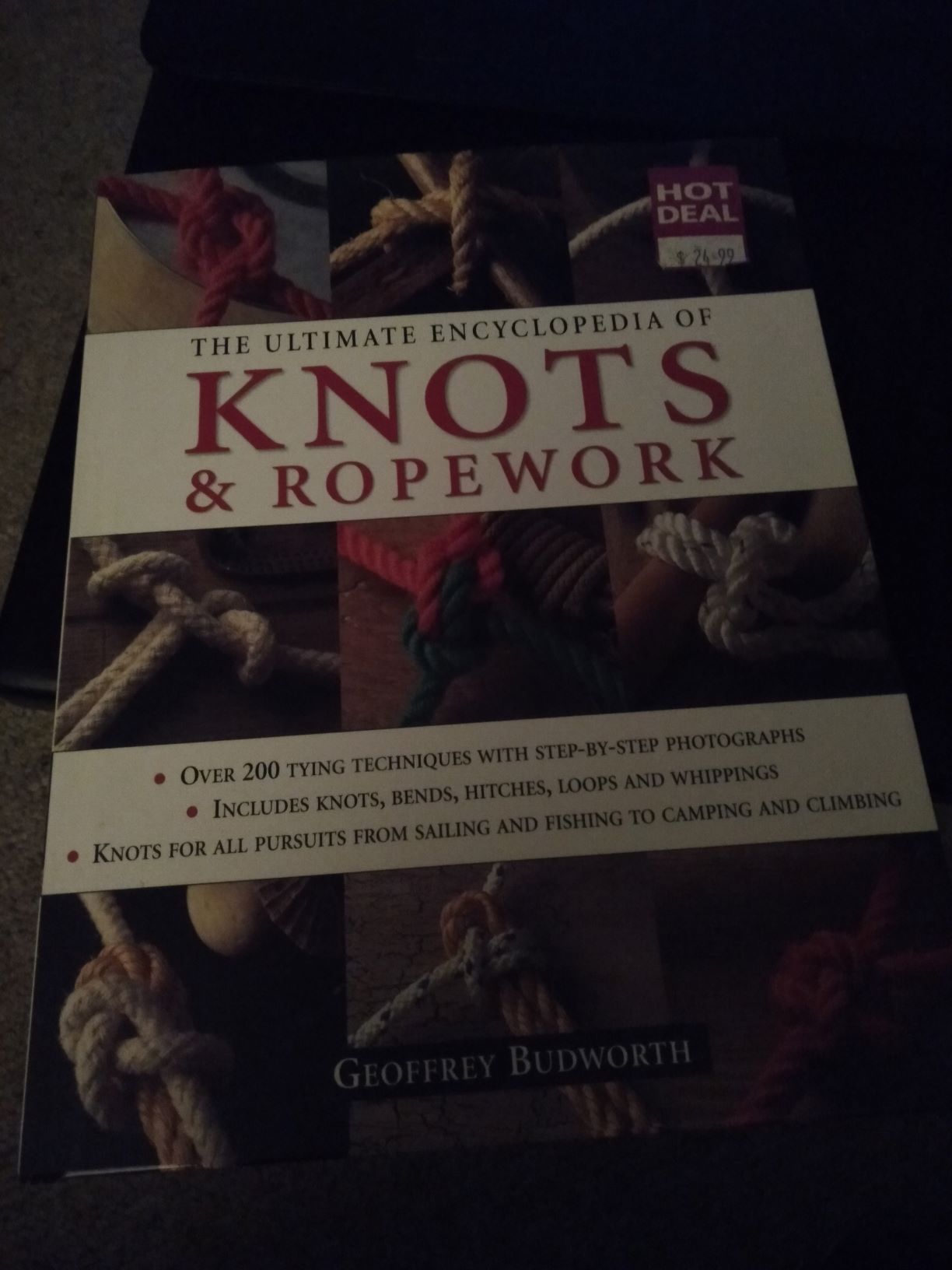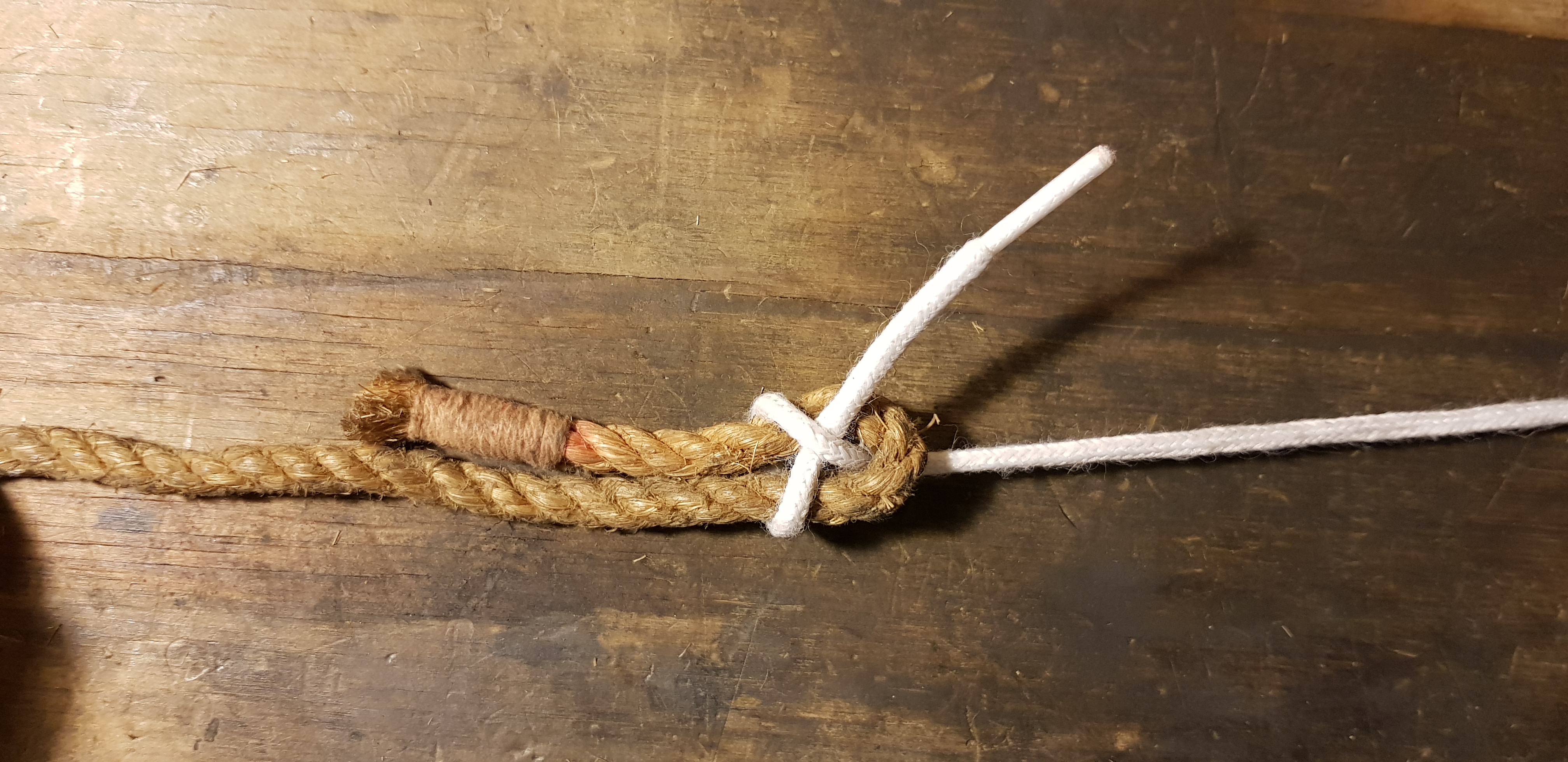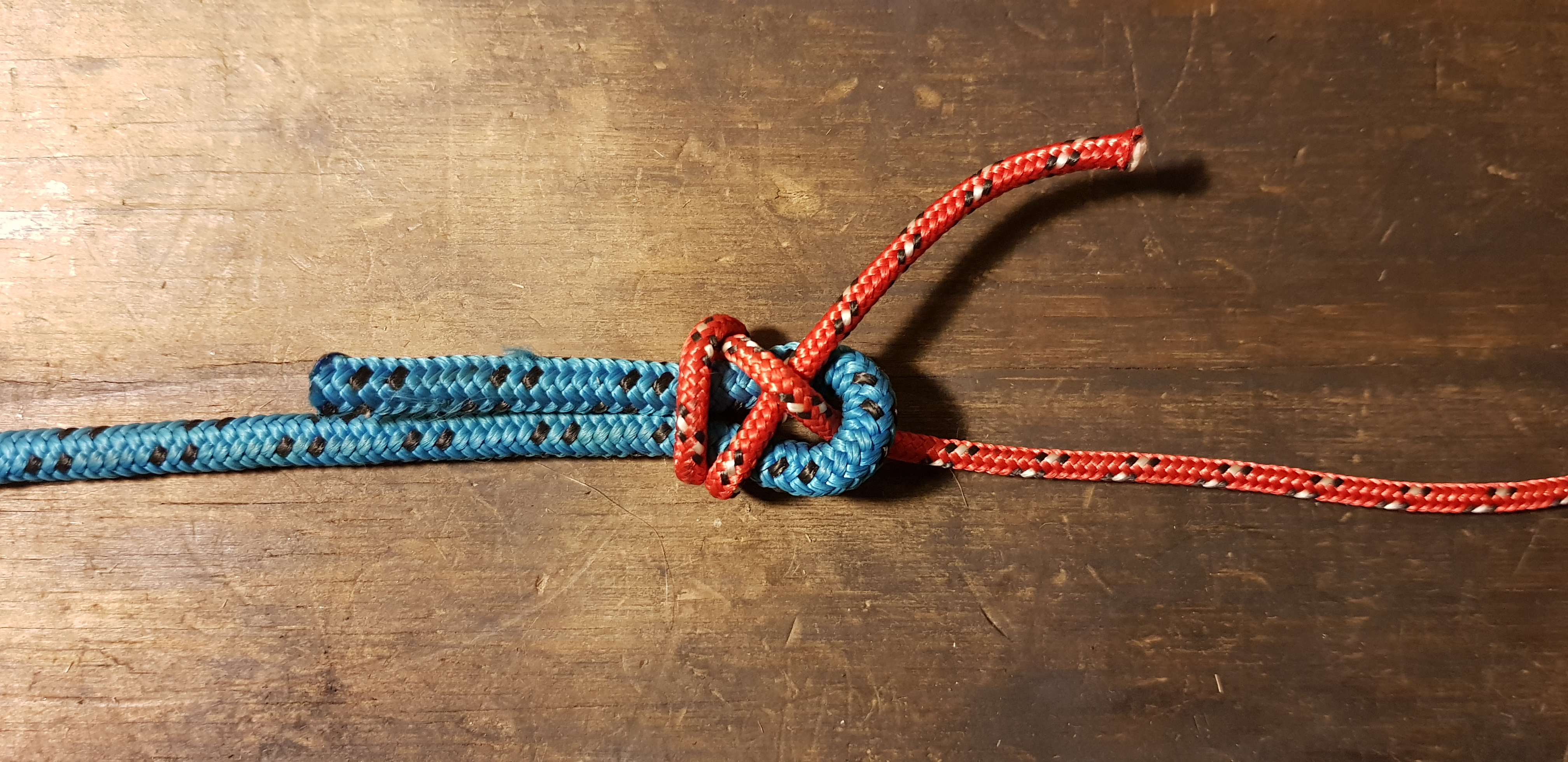Welcome guest, is this your first visit? Create Account now to join.
Welcome to the NZ Hunting and Shooting Forums.
Search Forums
User Tag List
+ Reply to Thread
Results 31 to 45 of 64
-
29-06-2019, 09:11 PM #31"Hunting and fishing" fucking over licenced firearms owners since ages ago.
308Win One chambering to rule them all.
-
-
30-06-2019, 12:48 AM #32Banned

- Join Date
- Mar 2015
- Location
- North Canterbury
- Posts
- 5,462
Here's a link, the 8mm has a 1200 kg load https://www.googleadservices.com/pag...bgDCMsB&adurl=
-
30-06-2019, 09:19 AM #33Banned

- Join Date
- Mar 2016
- Location
- auckland
- Posts
- 2,453
Prussiks and taughtline for tarp pitching. Slide to tension and easy to undo
-
06-07-2019, 07:13 PM #34
If your'e into getting knotted this is a great book, but like many things you need regular practice to remember some of em.
 Shoot it, root it & then BBQ it !!!
Shoot it, root it & then BBQ it !!!
-
07-07-2019, 12:25 AM #35Member

- Join Date
- Feb 2017
- Location
- Jafa land
- Posts
- 5,527
-
11-07-2019, 01:30 PM #36Member

- Join Date
- May 2012
- Location
- Far North
- Posts
- 4,883
my brother who only knows one knot always tells me "if you can't tie knots. Tie lots"
-
11-07-2019, 01:43 PM #37
-
11-07-2019, 04:34 PM #38
Two or three useless knots … seen practiced recently.
1. The Jacinda Slip knot. Applied with fairness and transparency, but very selectively & fark you anyway (btw)
2. The Nash Scramble knot - lots of loose ends, a big mess in the middle, do it quick …. trust me it works
3. The Genter bike Nazi twist – this one involves chains and leather, and some green shit. Its expensive so she expects you to pay for it as well
Sorry ... but we need a good laugh every now and then
-
11-07-2019, 04:57 PM #39Member

- Join Date
- Mar 2012
- Location
- Waikato
- Posts
- 2,188
Chainsaw that's a troll posting, just makes everyone restless. We come here to talk about fun stuff.
Theres a whole forum board here for those issues.
This was a technical bushcraft question, let's stay with that.
-
11-07-2019, 07:02 PM #40Member

- Join Date
- Jun 2013
- Location
- Middle Earth
- Posts
- 4,552

The bible of knots.
-
11-07-2019, 08:05 PM #41Member

- Join Date
- Feb 2016
- Location
- Stewart island / canterbury
- Posts
- 9,193
have a good (free) app on the phone showing various ones, pictures as the knot progresses. make sure i have a couple of different coloured lengths of rope for when i'm twiddling my thumbs waiting
-
11-07-2019, 09:10 PM #42
-
11-07-2019, 09:21 PM #43
-
11-07-2019, 11:48 PM #44Member

- Join Date
- Jul 2012
- Location
- Te Awamutu Rural
- Posts
- 1,481
-
12-07-2019, 01:53 PM #45Member

- Join Date
- Mar 2012
- Location
- Waikato
- Posts
- 2,188
[QUOTE=Nick-D;857079]
As for useful knots. Bowline, clove hitch, half hitch. The sheet bend is a more useful knot for securing 2 different thicknesses of line together. /QUOTE]
Here's the sheet bend. In this case attaching a shoe lace to the end of a 3 strand hemp "lashing" rope. It is similar to the reef knot but the thin rope goes under the front strand and back out on top of the bright in the thick rope. So it locks a bit better. This was originally used on natural fibre ropes with some texture to give friction. It is an easy knot to get undone after it's been loaded hard. But a little insecure and possible to come undone if unloaded and flapped around.

Here is a more common form used with slippery synthetic cord. It has an extra turn around the two strands of the thick rope to hold them together. You can do several turns if you need to. It is more secure than the basic sheetbend specially when not under tension. This is useful if you are extending a tent guy rope with a scrap of smaller thread to reach a nearby root or branch. Of course it's only as strong as the thinner cord!

Cheers fellas.
Similar Threads
-
Taupo hunting - advice or a hunting buddy
By StagDown in forum Game Bird HuntingReplies: 4Last Post: 14-05-2018, 03:54 PM -
Gun for first time deer hunting/wallaby hunting
By mehtat in forum Firearms, Optics and AccessoriesReplies: 41Last Post: 31-03-2017, 07:29 PM -
Rope 101
By 223nut in forum Gear and EquipmentReplies: 15Last Post: 11-11-2016, 03:13 PM
Tags for this Thread
Welcome to NZ Hunting and Shooting Forums! We see you're new here, or arn't logged in. Create an account, and Login for full access including our FREE BUY and SELL section Register NOW!!





 67Likes
67Likes LinkBack URL
LinkBack URL About LinkBacks
About LinkBacks




 Reply With Quote
Reply With Quote



Bookmarks